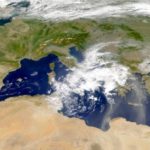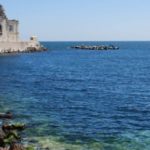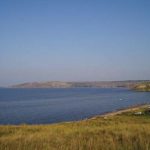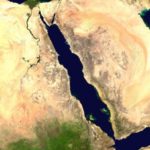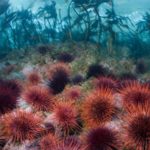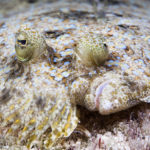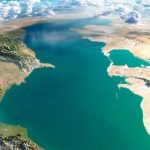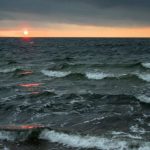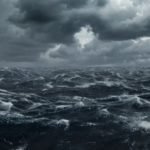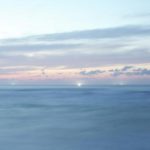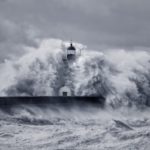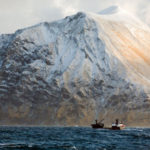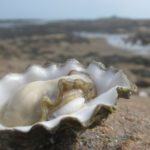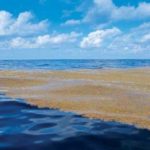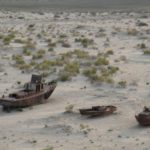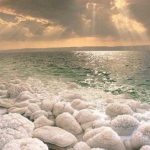Black Sea
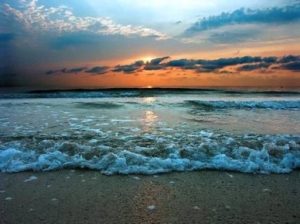 In Turkish, it sounds like Kara-Deniz, the Germans call it in their own way Schwarze Meyer, the British call it Black C, and the Macedonians call it Crnoto More, in Italian it’s Maray Nero. Romanians call him Marea Neagra. This is our most blue – the Black Sea.
In Turkish, it sounds like Kara-Deniz, the Germans call it in their own way Schwarze Meyer, the British call it Black C, and the Macedonians call it Crnoto More, in Italian it’s Maray Nero. Romanians call him Marea Neagra. This is our most blue – the Black Sea.
The Black Sea is the inland sea of the Atlantic Ocean basin. Which connects with the Bosporus Strait of Marmara, further, through the Dardanelles strait – with the Aegean and Mediterranean seas, and the Kerch Strait connects with the Azov Sea.
So why is this the blue sea in the world called Black? After all, we remember it more as amazingly blue or turquoise. And how fun and attractive it looks in the morning. Here the sun rises and the sea water casts a lilac color, organically harmonizing with the color of stones on the shore.
Here a cloud of clouds crept across the sky and the sea changed again. Clouds are gathering over the sea and the sea turns from blue to turquoise, giving away the green of the depths. Of course, there are days when the sea is angry and then its waters darken and become blue-violet and even gray.
And what the sea looks like in the rays of the setting sun is a must see. And yet, why do people of different countries have such a unanimous opinion in the name of this blue sea to Black?
There is a science – toponymy, which studies the origin of geographical names. So, according to her, there are several assumptions of the appearance of such a name. So the ancient Greek geographer Strabo (I century BC) asserted that the name was given to the sea by the ancient Greeks who visited these places, where during their stay storms raged and on the wild shores they were awaited by evil Scythians and Tauris.
Therefore, they called this place Pontos Akseinos, which means “the inhospitable sea” or “black”.
The second version says that in I millennium BC, before the Greeks appeared here, Indian tribes lived on the shores of the Sea of Azov, the Meotians, the Sinds who called the great sea beyond the strait — Temarun, which means “Black Sea”. And indeed, if you look at the surface of the waters in the Azov and Black Seas from a height, for example, from the peaks of the coastal mountains of the Caucasus, the water in the Sea of Azov is much lighter than in the Black Sea. The Scythians who later lived in these places also called this sea – Akhshaena, which meant Black.
But modern hydrogeologists have noticed that any metal objects that are long in the water of the Black Sea blacken, and this is due to the effects of hydrogen sulfide abundantly containing in the depths of the Black Sea. For example, ship anchors have to be cleaned by sailors on the Black Sea much more often than the maryak of other seas.
And nevertheless our Black Sea is the Pearl of Russia and everyone remembers it with its beauty and gentle blue inviting in the distance the water surface.
